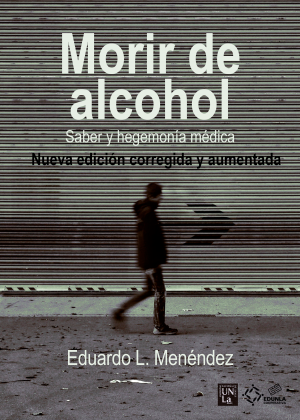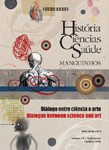September 2013

Thirteen original articles published in the supplement “Health and Slavery” of the journal História, Ciências, Saúde – Manguinhos (Dec. 2012) reveal how African-born and Brazilian-born slaves and freedmen lived, fell ill, were healed, or died in Brazil. The authors of these articles are affiliated with universities or research centers in countries as far-flung as France, the United States, Benin, Trinidad-Tobago, and Brazil.
This special issue of the quarterly journal was edited by two researchers from the Casa de Oswaldo Cruz, Kaori Kodama and Tânia Salgado Pimenta, and also by Flávio Gomes, professor and researcher at the Federal University of Rio de Janeiro (UFRJ). In their guest editors’ note, they say that despite the recent “array of studies and original methodologies, we still know little about how slaves lived and what their clothing and eating conditions and their diseases, therapeutic practices, and assistance systems were like.” The goal of the three researchers was to present both completed work and research in progress “in order to shed light on diseases, epidemics, deaths, healing arts, physicians, surgeons, sorcerers, midwives, herbs, household remedies, and unguents.”
In addition to these articles, a document featured in the Sources department shows how a surgeon in Vila Boa de Goiás addressed the ethical issues that arose when he charged the owner of an ex-slave for his medical services in 1801. A Research Note describes survey work at archeological sites located on an old Jesuit fazenda in Campos dos Goytacazes, in the state of Rio de Janeiro. The issue also features two reviews of books focused on racial issues.









